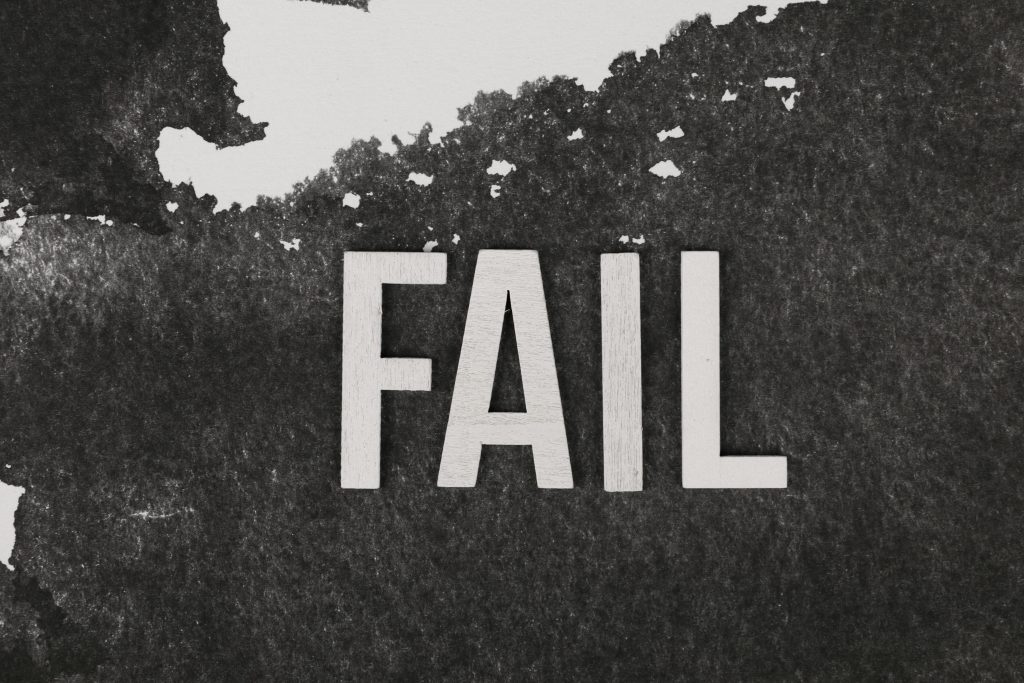Ever felt like you’re walking a tightrope every time you update your publishing company’s insurance policy? You’re not alone. For most publishers, understanding Distribution Risks Policy Updates feels like deciphering an ancient manuscript—complicated, cryptic, and occasionally terrifying.
In this post, we’ll break down everything you need to know about updating these policies for your publishing business. From why it matters to actionable steps (and yes, one terrible tip you should definitely ignore), let’s get you ready to manage risks like a pro.
Table of Contents
- Key Takeaways
- Why Distribution Risks Are Critical in Publishing Insurance
- How to Update Your Distribution Risk Policies: A Step-by-Step Guide
- Best Practices for Handling Policy Updates
- Real-Life Examples of Publishing Insurance Successes and Failures
- FAQs on Distribution Risks Policy Updates
Key Takeaways
- Updating your distribution risks policy is non-negotiable if you want to safeguard against unforeseen losses.
- Neglecting updates can result in financial disasters—think lawsuits or supply chain interruptions.
- A little proactive effort goes a long way; even small tweaks can save big bucks.
Why Distribution Risks Are Critical in Publishing Insurance
Imagine this: I once published a bestselling thriller that was so eagerly anticipated, retailers ordered tens of thousands of copies… only for half of them to be delayed due to a third-party logistics hiccup. No joke—I spent weeks fielding angry calls while my team scrambled to resolve a crisis our insurance could’ve mitigated—if only we’d understood distribution risks better!

Distribution risks aren’t just about protecting physical products—they cover everything from cyberattacks on digital assets to last-mile delivery nightmares. Here’s why they matter:
- Financial Loss Prevention: Without proper coverage, minor hiccups become major money pits.
- Supply Chain Security: From print shops to bookstores, any link in the chain breaking affects revenue streams.
- Crisis Management Readiness: Whether it’s natural disasters or human error, having updated policies ensures smoother recovery.
But wait, here comes Grumpy Me: “Ugh, fine—but only if coffee’s involved!” Because trust me, sorting through these details without caffeine? Near impossible.
How to Update Your Distribution Risk Policies: A Step-by-Step Guide
Step 1: Conduct a Comprehensive Risk Assessment
Start by identifying all potential weak spots within your current distribution model. Ask yourself:
- Where do most delays occur?
- Which vendors pose the highest risk?
- Are there any emerging trends threatening stability?

Step 2: Collaborate with Stakeholders
Talk to everyone involved—the warehouse manager, IT team, sales reps, and even customer support staff. Their insights might surprise you. For instance, remember when our tech guy pointed out cybersecurity gaps costing us $50k per breach? Yeah, thanks for that lifesaver.
Step 3: Review Current Policies Thoroughly
Don’t skim—really dig into the fine print. Make note of exclusions, premiums, and renewal terms. Compare multiple insurers if necessary; shopping around often reveals better deals tailored specifically for publishing businesses.
Step 4: Implement New Updates Wisely
Roll out changes strategically. Avoid rushing implementations at midnight before a holiday weekend (yes, guilty as charged).
Step 5: Train Your Team
Educate employees on new protocols. They’re your frontline defenders against avoidable mishaps.
Best Practices for Handling Policy Updates
- Stay Ahead of Industry Trends: Keep tabs on what other publishers are doing. Subscribe to industry newsletters for insider tips.
- Document Everything: Record each step of your assessment process. It saves time during audits or claim filings.
- Review Regularly: Annual reviews aren’t enough. Schedule quarterly check-ins to adapt quickly to changing landscapes.
Warning: DO NOT rely solely on gut instinct (“I got this” vibes never end well). Always consult professionals for complex scenarios—here’s looking at YOU, DIY queen trying to file claims solo!
Real-Life Examples of Publishing Insurance Successes and Failures
Let’s talk about Company X—a mid-sized publisher thriving until their outdated distribution risk policy left them exposed after Hurricane Irma. Thousands of books remained stranded in flooded warehouses, leading to bankruptcy filings soon after.

On the flip side, Company Y invested heavily in comprehensive coverage years ago. When faced with similar challenges, they had funds available for swift resolutions—saving both reputation and profits.
FAQs on Distribution Risks Policy Updates
What exactly qualifies as a ‘distribution risk’?
This includes anything disrupting the flow of goods/services from creation to consumption—from supplier delays to shipping accidents.
How often should I review my policy?
Quarterly reviews work best but adjust based on operational changes or external factors like regulatory shifts.
Can I handle updates myself?
You technically can—but hiring specialists minimizes costly oversights. Trust me; the investment pays off.
Is cyber insurance included under distribution risks?
Sometimes! Check specifics since online threats increasingly factor into modern risks affecting publishers.
Conclusion
And there you have it—an ultimate guide to mastering Distribution Risks Policy Updates for your publishing empire. Remember, staying proactive isn’t optional—it’s survival. So go forth, tweak those policies, and maybe reward yourself with some well-deserved coffee breaks along the way.
P.S. Like Frodo finishing his quest, keep pushing forward because creating a resilient publishing operation is worth every ounce of effort. Or, y’know, like playing Pac-Man—it gets harder but oh-so satisfying when done right.
“Risks looming near,
Policies keep calm and clear.
Coffee fuels courage.”


